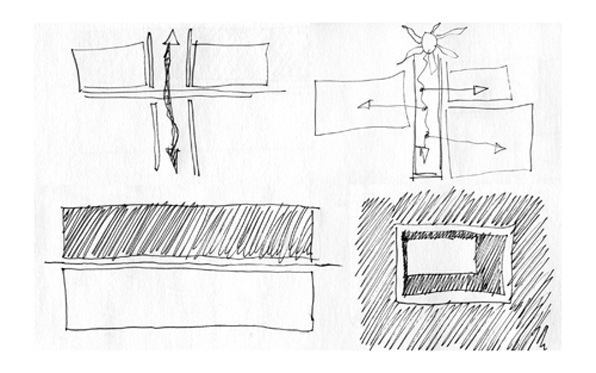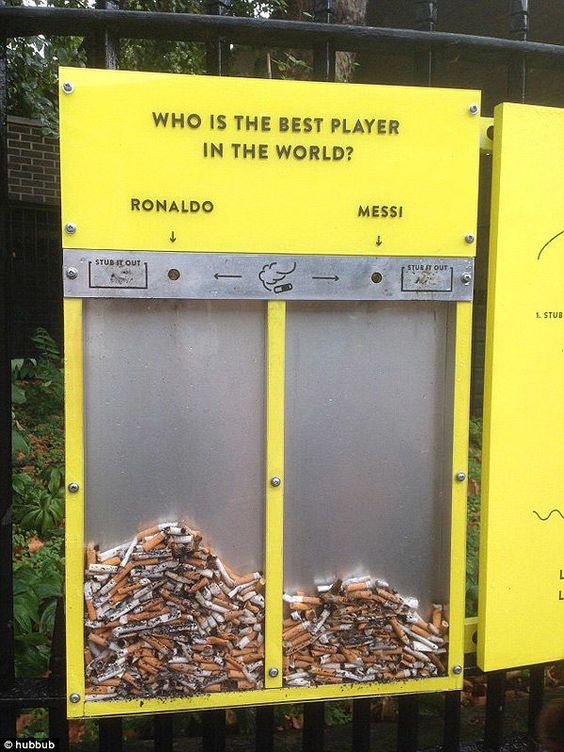#Design and most fields have the same problem. It's in our romanticized history of what creativity means. And how stories work.
...but not necessarily because the (creative) world works the way these stories tell us it does.
This is much simpler than the reality..
But to include this information fractures the potency of the story. Our admiration is diffused across a group. Romantic/Emotional responses decline.
Why? Emotion/Romance is easier in the singular
Which means the most popular stories tend to be ones that are looser with the facts.
But you must find better sources for observing the craft, the discipline, the uncertainty, and the relationships required to achieve what the movie/book/show was theoretically about.
But the trap is, popular resources on creativity are going to play on the same hero myths as the movies do.. because that's what our brains like!







